The present volume comprising 11 Chapters deals variously with political and economic background and sources; classification and features of edicts; early life and family; conquests and extent of empire; administration; faith in Buddhism; dhamma; religious harmony; society and religions; monuments; and estimate of Asoka. Of five Appendices, the last one deals with the latest discovered Asokan inscription, brought to light by the author. Some points may be highlighted. If Taxila Aramaic inscription was engraved during Asoka’s viceroyalty, then Priyadarsi, occurring in it, was not his coronation name. The first five lines of the Panguraria inscription do not refer to Asoka as viceroy on pleasure tour. Identifications and status of Asoka’s queens suggested by scholars are rejected, and alternate suggestions offered. The views that Asoka allowed the slaughter of two peacocks and one deer because he was fond of their meat, or because their meat was offered to family deity, have been countered. It is argued with evidence that Chandragupta, and not Bindusara, married a Greek princess. Asoka ruthlessly attacked Kalinga, as in the war of succession, its king had sided with his rival. Asoka has been criticized for granting merely three days for making appeal against death sentence, its review, judgment on the review and conveying the same to the petitioner. The circumstances of the presence of the Separate Rock Edicts at Sannati have been critically examined. Literary and epigraphic evidences show that elephant in Asokan art symbolises Buddha, and so the view that the Dhauli elephant represents Asoka is not correct. Asoka’s statement that as a lay Buddhist, after association with samgha, by exerting much he made people extremely pious, clearly shows that the dhamma he propagated was Buddhism, and leaves no scope for debate about it. The work contains copious citations from Asokan inscriptions and 24 Plates.
Asoka: The King and The Man
In stock
Free & Quick Delivery Worldwide
Bibliographic information
Title
Asoka: The King and The Man
Author
Edition
1st. ed.
Publisher
ISBN
9788173054334
Length
xxii+330p., Plates Colour & B/W 24; 1 Map; 19x25cm.
Subjects

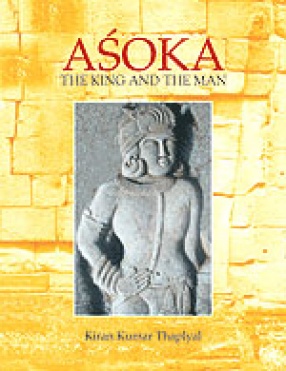
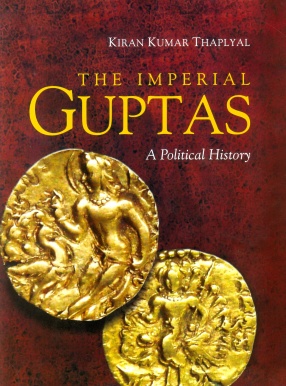
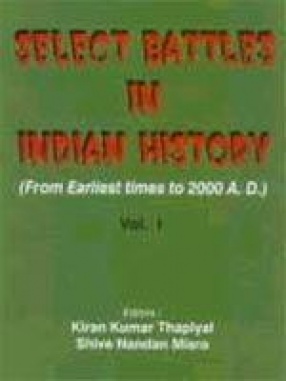
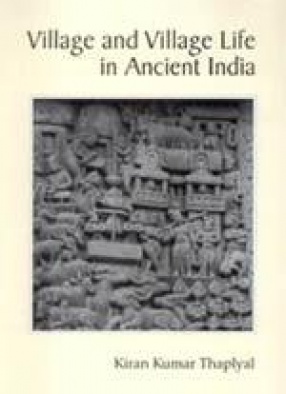
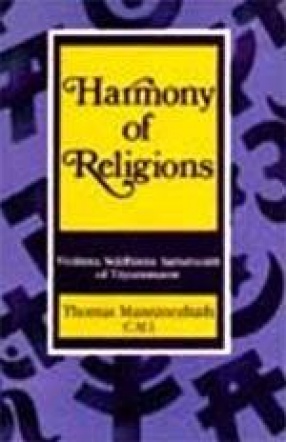
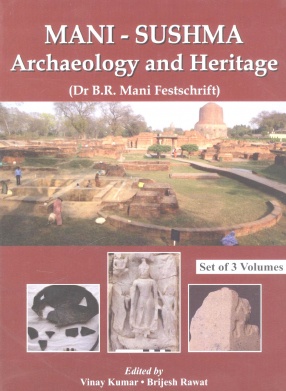

There are no reviews yet.